Food desiccants, such as silica gel, molecular sieves, and activated carbon, play a crucial role in preventing moisture damage to food, pharmaceuticals, electronics, and various other products. By ensuring moisture control, desiccants help maintain product quality and extend shelf life. However, accurately measuring the level of desiccants during production and storage remains a significant challenge, as the properties of these materials can complicate traditional measurement techniques. This article explores the technical difficulties, key influencing factors, and future trends related to the level measurement of food desiccants, with a focus on the types of level sensors and their applications.
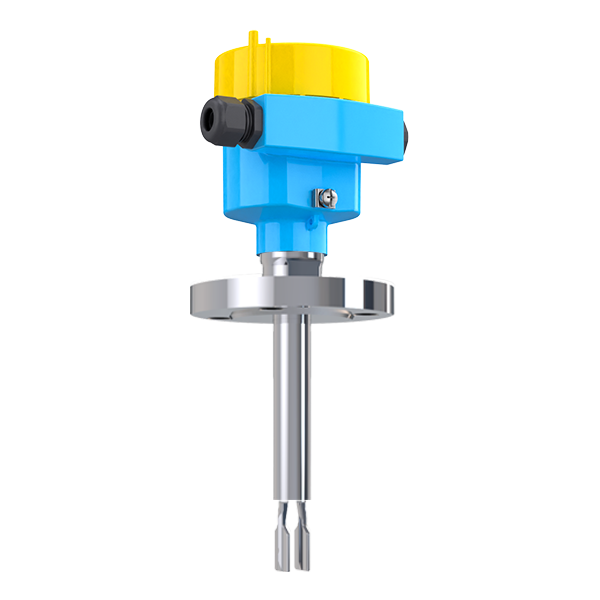
Technical Challenges in Desiccant Level Measurement
The primary desiccants used in the food industry, such as silica gel, molecular sieves, and activated carbon, exhibit specific properties that pose challenges for level measurement:
Irregular Particle Distribution Desiccants are often in granular or powder form, which can lead to uneven packing within storage containers. The uneven distribution of particles may cause voids or shifts in the material’s pile, making it difficult for traditional level sensors to provide accurate readings. To overcome this challenge, modern technologies such as laser scanning and image recognition, combined with multi-point measurement systems, can offer more precise and reliable monitoring by compensating for these irregularities.
Moisture Absorption and Caking Desiccants have a high capacity to absorb moisture, which can lead to caking or clumping of the material. Caked desiccants can interfere with the accuracy of level measurements. Solutions to this issue include using sensors with moisture-resistant coatings or equipment designed to handle higher levels of contamination. These sensors should be able to adapt to the material’s moisture absorption properties, ensuring consistent performance without signal drift due to humidity.
Dust Interference in the Environment During storage and transport, desiccants often generate significant dust. The accumulation of dust on the sensor surface can block or interfere with the measurement signals, leading to inaccurate readings and requiring frequent maintenance. To address this problem, protective covers, intelligent cleaning systems, and anti-contamination sensor materials are employed to extend the lifespan of the equipment and reduce maintenance needs.
Impact of Physical Properties on Measurement Desiccants like silica gel and activated carbon typically have low dielectric constants, which complicates the use of certain electromagnetic measurement technologies. This limitation restricts the range of suitable measurement devices. To improve measurement accuracy, more advanced technologies such as high-frequency electromagnetic sensors or those utilizing stronger magnetic fields are being introduced, offering solutions to the challenges posed by low dielectric constants.
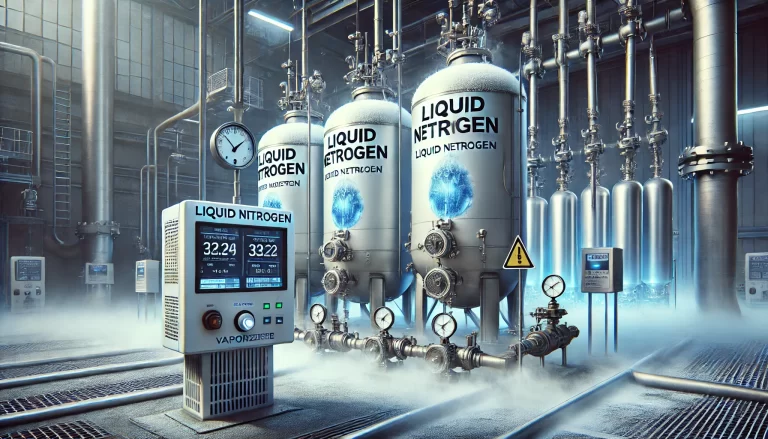
Key Factors Influencing Desiccant Level Measurement
In addition to the technical challenges mentioned above, several key factors must be considered when measuring desiccant levels:
Container Design and Operating Conditions The shape, size, and outlet design of the storage container significantly affect the precision of level measurement. For example, steep walls in storage silos may cause the material to slide more easily, leading to fluctuating readings. Therefore, modern silo designs emphasize stability in material flow, incorporating features such as vibration systems and heating devices to ensure accurate level monitoring.
Environmental Conditions Temperature, humidity, and pressure fluctuations can influence both the desiccant’s packing state and the sensor’s performance. When designing sensors for such environments, considerations for extreme temperatures or humidity levels are critical. High-precision temperature and humidity compensation algorithms are essential to maintain the reliability of measurements under variable conditions.
Material Dynamic Behavior Desiccants may behave dynamically during transport or vibration, leading to short-term measurement errors. To reduce the impact of these dynamic fluctuations, recent research has focused on improving signal processing techniques. This includes the use of filters and optimizing sensor sampling frequencies to stabilize measurements and enhance real-time monitoring.
Data Processing and Analysis Accurate level measurement not only relies on the hardware but also on the data processing algorithms that filter noise and correct deviations. Modern systems integrate machine learning techniques to automatically calibrate sensor biases and adjust parameters in response to environmental changes, improving the system’s overall intelligence and adaptability.
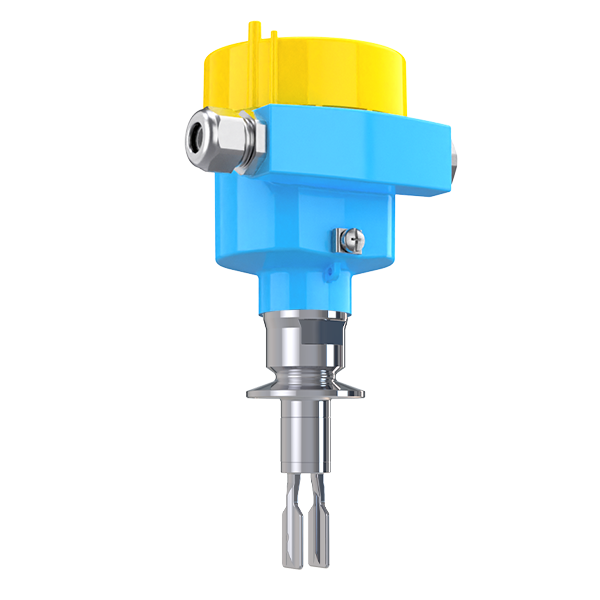
Selecting and Applying Level Sensors
The level sensor is a key piece of equipment in ensuring accurate measurement, and choosing the right type of sensor is essential for overcoming the challenges associated with desiccant level measurement. Common types of level sensors include:
Radar Level Sensors Radar sensors operate using high-frequency electromagnetic waves that reflect off the material’s surface. These sensors offer high accuracy and are particularly suited for measuring levels in high-temperature and high-humidity environments. They are unaffected by the desiccant’s moisture absorption or low dielectric constant, making them ideal for food desiccant monitoring in complex conditions. Radar sensors are especially useful for real-time, continuous level monitoring in dynamic environments.
Vibrating Fork Level Switches Vibrating fork level switches detect changes in vibration frequency as the material level reaches a set height. These switches are effective in dusty environments, offering high stability and durability. They are commonly used for level monitoring and alarm systems in desiccant storage, particularly where accurate level detection and reliable operation are required in environments with significant dust.
Rotary Paddle Level Switches Rotary paddle level switches detect material levels based on the resistance to a rotating paddle within the storage container. These sensors are suitable for granular, powdered, or caked materials, such as food desiccants. Their simple design, stable operation, and resistance to dust and moisture make them ideal for monitoring medium-sized storage units.
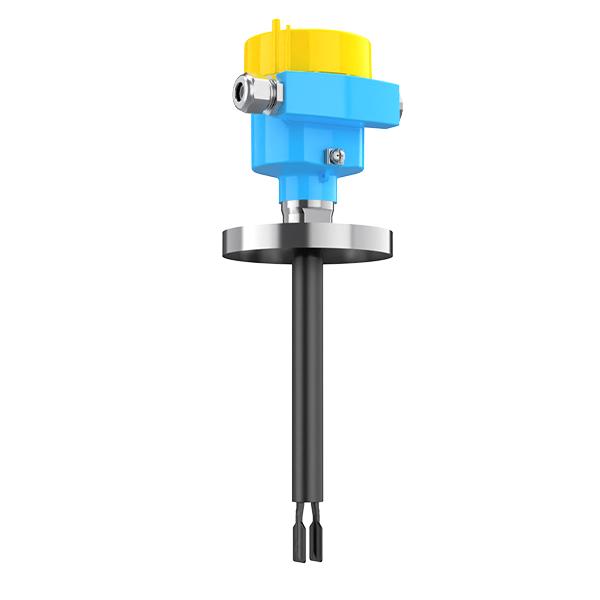
Future Research Directions in Level Measurement
As the demand for precise desiccant level measurement grows, future research and development are expected to focus on the following areas:
Multi-Physics Collaborative Measurement Combining acoustic, optical, and electromagnetic techniques will enable a comprehensive understanding of the desiccant level. By merging data from multiple sensors, it is possible to overcome the limitations of individual technologies, especially in dynamic and heterogeneous material flows. Preliminary lab tests suggest that hybrid sensors, such as those combining laser and electromagnetic waves, can significantly improve measurement precision.
Real-Time Calibration in Dynamic Environments As desiccant levels fluctuate during production or transport, adaptive algorithms can be used to adjust measurement parameters in real-time. Future systems will rely on deep learning algorithms to predict level changes based on real-time data, allowing for automatic recalibration and correction of measurement errors.
Enhanced Sensor Resistance to Contamination To address issues like dust and caking, future sensors will incorporate advanced coatings and protective measures such as nanocoatings or self-cleaning mechanisms. These innovations will extend sensor life and reduce the frequency of maintenance.
Data-Driven Optimization With the rise of the Internet of Things (IoT) and cloud computing, level measurement systems will be increasingly integrated into production management systems. This will enable remote data collection, analysis, and optimization, creating smart, digitalized factory environments. Big data analysis and real-time monitoring will enable proactive maintenance and system adjustments, enhancing overall operational efficiency.
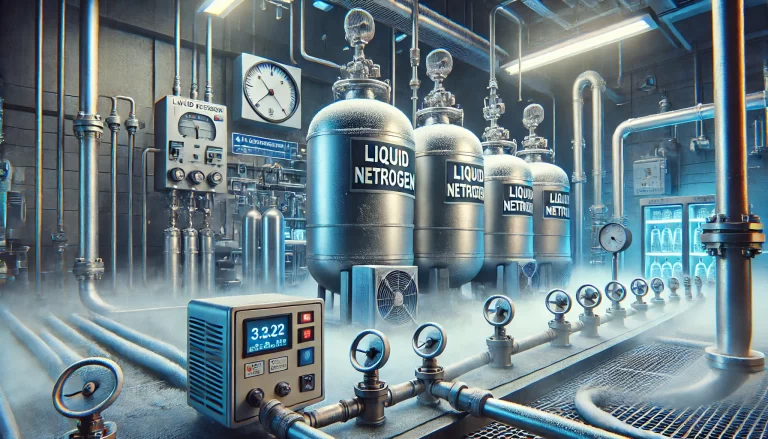
Conclusion
As Industry 4.0 continues to advance, the technology behind desiccant level measurement is evolving toward greater intelligence and integration. Future systems must be adaptable to complex operating conditions and capable of self-diagnosis and predictive maintenance. Ongoing innovation in hardware design and data processing algorithms will provide more accurate, reliable, and intelligent solutions for monitoring desiccant levels, ultimately improving production efficiency and product quality.
